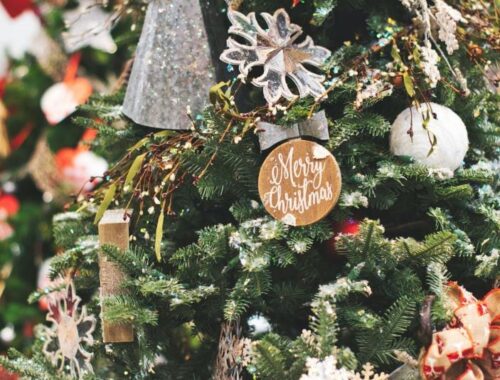
The History and Traditions of Christmas Eve Celebrations Around the World
The Origins of Christmas Eve Celebrations: A Historical Overview
Christmas Eve is a magical and cherished holiday celebrated around the world. The date marks the evening before Christmas Day, and it typically falls on December 24th. People around the globe have unique traditions and ways of marking this special day. Many families participate in religious practices, while others partake in festive activities that have been passed down for generations. From the United States to Germany, Christmas Eve is celebrated in many different ways, and each country has their own unique customs.
In the United States, Christmas Eve is a time for families to gather together and celebrate. Many families exchange gifts on this day, as the evening marks the beginning of the holiday season. It is also common for people to attend church services, and some churches hold midnight masses. Some families also have a tradition of leaving milk and cookies out for Santa Claus, who is believed to come down chimneys to deliver gifts. In addition, there are many exciting Christmas Eve events held throughout the country, such as Christmas pageants and caroling competitions.
In Germany, Christmas Eve is a much more solemn occasion. The evening is traditionally marked by the lighting of candles and the singing of carols. Many families also attend church services, and it is customary to exchange gifts during the evening. German children have a similar tradition to those in the United States, as they believe that Santa Claus, or “Weihnachtsmann,” brings gifts on the night of December 24th. However, in Germany, it is also common for children to leave their shoes outside, as an old custom dictates that gifts will be placed inside them.
Culinary Delights: Traditional Christmas Eve Foods
In Mexico, the celebration of Christmas Eve is known as “Nochebuena,” which means “the good night.” It is a time for families to come together and share in the joy of the season. Many Mexicans attend midnight masses, and it is customary to decorate the home in red and green decorations, representing the colors of the Mexican flag. A typical Nochebuena meal might include tamales, bacalao (salt cod), and ponche (punch).
In Norway, Christmas Eve is known as “Julaften,” and it is a time for families to enjoy a cozy evening together. In some parts of the country, it is customary to leave a bowl of porridge outside for the “nisse,” who is a mythical creature believed to be responsible for bringing good luck to the household. Many families attend church services, and it is common to exchange gifts during the evening. During Julaften, Norwegians also enjoy a special Christmas meal, which typically includes pork ribs, sausages, and “lutefisk,” a dish made from dried whitefish.
In France, Christmas Eve is known as “Le Reveillon,” which refers to the traditional feast that is enjoyed on this evening. The menu typically includes roasted meats, foie gras, oysters, and champagne. Many French families also exchange gifts during the evening, and a unique tradition involves leaving out shoes for Father Christmas to fill with gifts. Midnight mass is also a common practice on this night.
In conclusion, Christmas Eve is a holiday celebrated in many diverse ways around the world. Whether it involves attending church services, enjoying festive meals, or exchanging gifts with loved ones, the celebration of Christmas Eve is a treasured event for people of all ages and cultural backgrounds. While some traditions may vary from country to country, the spirit of the season remains the same, as people come together to celebrate peace, joy, and the wonder of the holiday season.
You May Also Like

Don’t Spend Hours Decorating a Real Tree – Get the Look of a Real Tree in Minutes with an Artificial 9 Footer!
March 8, 2023
The Joy of Celebrating Jesus’s Birthday with a Prelit Christmas Tree
August 31, 2023

